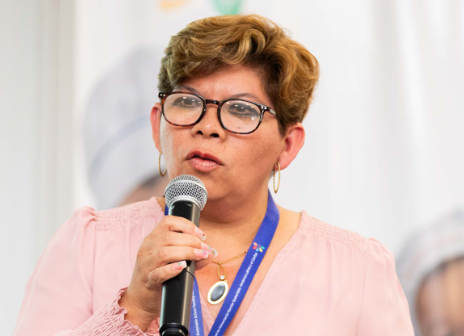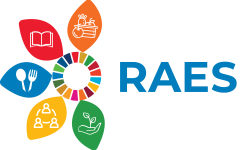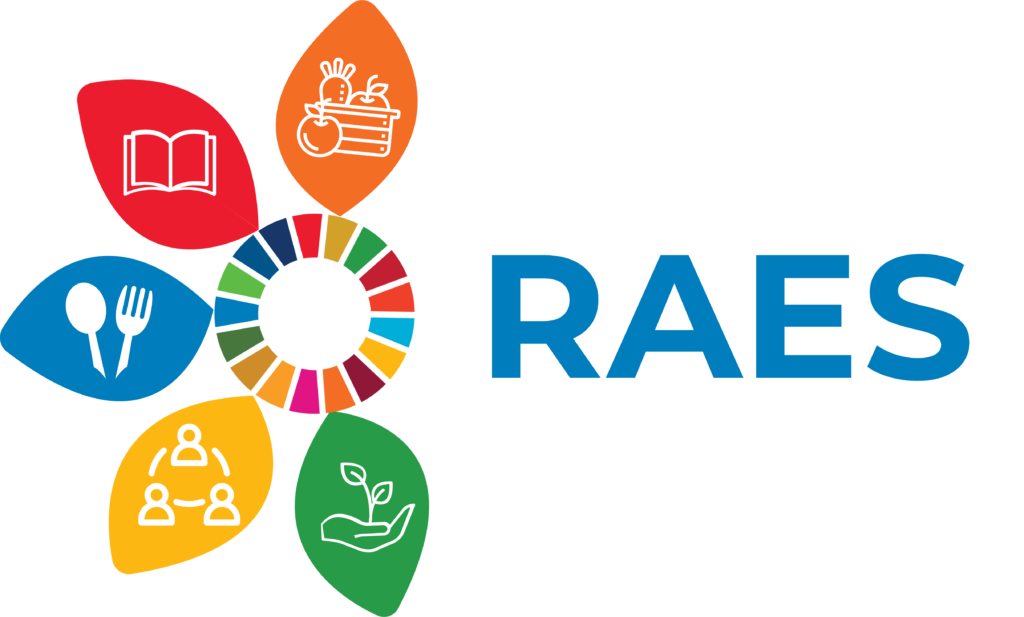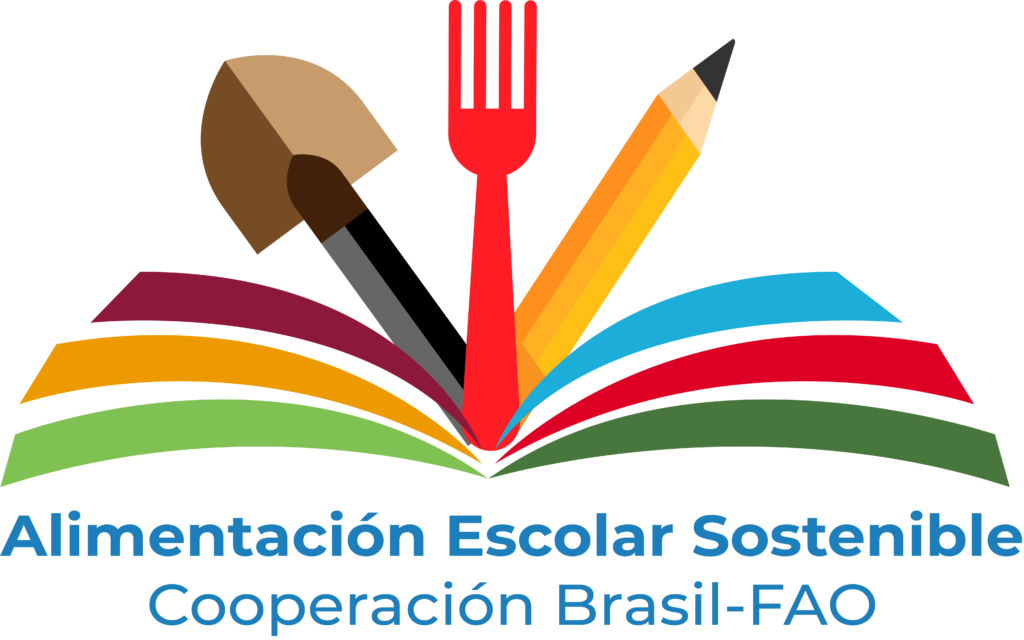In the context of World Food Day 2024, a teacher at a school in El Salvador has become an example of how it is possible to unite students and their families around healthy eating and nutrition practices.
Paulo Beraldo and Palova Brito
Brasilia, Brazil, October 16, 2024 – Although farmers worldwide produce enough food to feed the entire population, hunger remains a problem: 733 million people face food insecurity due to conflicts, recurring climate crises, economic recessions, and poverty. In Latin America and the Caribbean, 43 million people still suffer from hunger.
On the occasion of World Food Day 2024, promoted by the Food and Agriculture Organization of the United Nations (FAO) and celebrated every October 16, this year’s message, “Right to foods for a better life and a better future,” underscores the importance of food as a fundamental human right.

To support this right, a school in El Salvador has incorporated food and nutrition education (FNE) actions into its school curriculum. At the San Francisco Catholic Educational Complex, located in Concepción de Ataco, Ahuachapán department, students, families, and the educational community actively participate in food fairs and activities on nutrition and health, where healthy foods take center stage. Through the integration of theory and practice, teachers focus on ensuring every child’s right to adequate food.
This story began with teacher Esmeralda Ruiz, who leads the food and nutrition education initiatives at the school. The idea arose after her participation in a FNE course offered in 2019 by the FAO, the government of Brazil, and the government of El Salvador, as part of the Brazil-FAO International Cooperation Programme on school feeding. This cooperation, initiated in 2009, is implemented by the FAO, the Brazilian Cooperation Agency (ABC), and the National Fund for Educational Development (FNDE).
The course was key for Esmeralda to develop actions inspired by the knowledge gained, involving the school and the community. “What started as a task for the course has turned into an initiative of our institution,” she comments.
By sharing her learnings with colleagues, Esmeralda managed to involve more teachers, students, and families, building a collaborative project that emphasizes the importance of adequate nutrition for the educational and social development of children and youth.

In addition to nutritional education, the school has integrated topics of hygiene and health, inviting doctors and nurses to participate in multidisciplinary activities. “It’s exciting to see the commitment of everyone, from the students to the school administration,” affirms Esmeralda.
A key aspect of this comprehensive approach is the use of the school garden harvest to supplement students’ daily snacks while they learn to cultivate the land and connect with the environment. For Esmeralda, this initiative is a concrete example of how to ensure that the most vulnerable also have access to nutritious and sustainable food.
“Every project brings new challenges. But planning carefully, involving the entire community, and ensuring everyone knows their role is key to success,” reflects Esmeralda. For her, these actions improve educational quality and strengthen ties between families, students, and the community, ensuring that healthy eating is both a right and a daily practice. This initiative demonstrates how collective effort can generate profound changes in the lives of students and the community.







